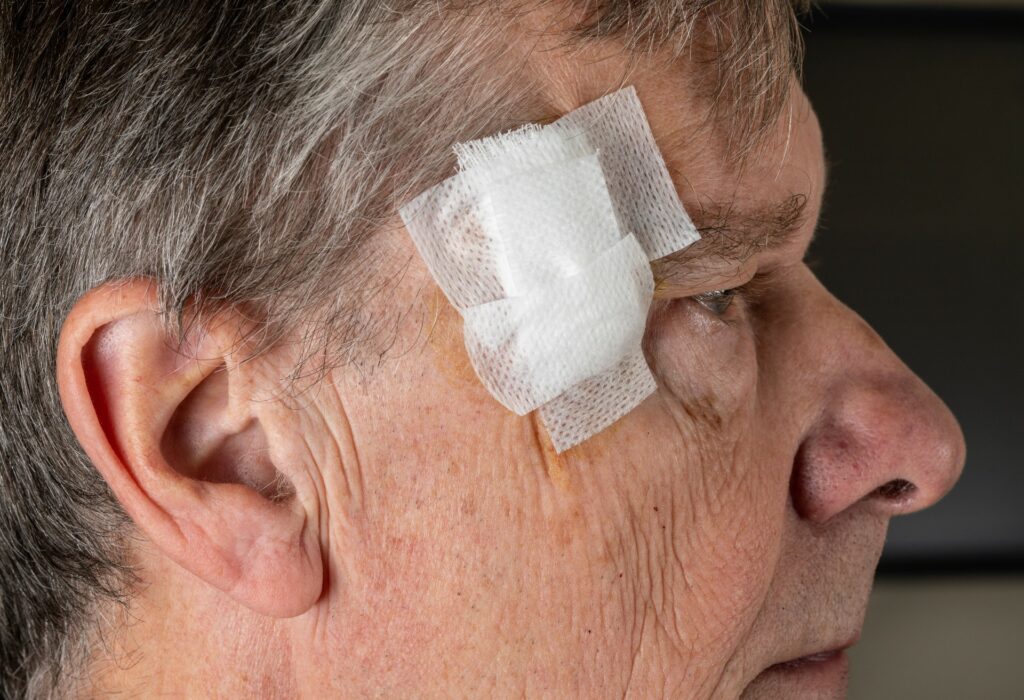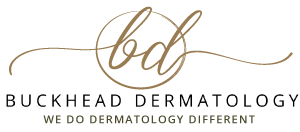Three Things to Know About Mohs Surgery

When it comes to skin cancer, it is important to know that most cases are highly treatable, especially when caught in the early stages. Early detection is one of the reasons that skin cancer screenings are becoming part of annual routine checkups and are frequently covered by insurance. Mohs surgery is a common skin cancer treatment with a high cure rate. There are several things to know about Mohs, but here we highlight three top things everyone should know about this effective skin cancer treatment procedure.
Mohs Is Unique and Allows the Retention of Healthy Skin Cells
First, the Mohs procedure is unique in allowing patients to keep as much healthy skin as possible. The Mohs surgery reveals where skin cancer cells stop, so only that portion is removed. This is especially critical when removing cancerous cells from areas without much excess skin, such as eyelids, hands, genital areas, or ears. Mohs allows surgeons performing the surgery to examine each layer of skin as they remove it and can stop once no more signs of cancerous cells are visible. In other treatments, the skin around the area may be taken off to ensure any unseen cancer cells are removed. Mohs allows a more precise and minimal skin removal.
If a reputable and licensed dermatologist recommends Mohs surgery, there is comfort in knowing the high success rate of this in-office procedure.
Mohs Surgery: What to Expect
Second, although undergoing surgery can be scary, Mohs surgery can be done in a medical office, and patients are awake throughout the surgery, so anesthesia recovery is unnecessary. Trained dermatologists and doctors will perform the surgery. Being licensed to perform the surgery takes extensive training. Patients are awake throughout Mohs surgery, and it can be done in-office in most cases. On the day of the surgery, another exam of the area showing signs of skin cancer will be examined before the procedure begins. Then patients will be prepped for surgery, which includes an injection of numbing anesthetic, but patients will be alert and awake throughout the surgery.
The anesthetic allows surgery to begin by the surgeon cutting out the visible skin cancer and then removing a thin layer surrounding the skin. That’s it. Once the surgeon is done, bandages are placed on the treated area while the surgeon examines the skin that was removed. In some instances, if more cancer cells are found under a microscope, the surgeon will remove another layer of skin. This process continues until the surgeon does not find cancer cells when looking under a microscope. Again, what is unique to Mohs is the ability to identify where the cancerous cells stop, and healthy skin begins.
What Types of Cancer Does Mohs Treat?
Third, Mohs is almost always recommended when patients have basal cell or squamous cell carcinoma, which are the most common and treatable types of skin cancer. If the cancer is significant, in an area with minimal tissue underneath, or was previously treated and has re-appeared, Mohs will be the first approach. However, Mohs can also be used to treat early melanoma, which is the most serious skin cancer. Lentigo malignant melanoma stays at the skin’s surface initially, which is why Mohs is an option when the cancerous cells are still close to the skin’s surface. Detecting skin cancer early is vital, not only in basal cell carcinoma but in any skin cancer.
An excellent licensed and board-certified dermatologist may recommend a different procedure for signs of skin cancer. There are alternative treatments to Mohs, and those include freezing and laser procedures. Talk to your skincare professional, and they can guide you in the best treatments for your skin cancer concerns. Working with someone knowledgeable in dermatology and skin cancer provides peace of mind and affordable treatment options. Please do not wait to have your skin checked by a professional dermatologist. A head-to-toe exam annually ensures early detection is possible.
Anytime someone mentions cancer, people’s hearts stop. Certain skin cancers are common, and most are highly treatable. Visiting a well-regarded and professional dermatologist can help take the mystery out of any moles or other skin concerns. As with anything, if something doesn’t seem right, see someone who can help identify cancerous cells visible on your skin. It is not worth waiting or thinking something is not worth having a licensed dermatologist look at because early detection can save skin and lives. As skin cancer screenings become part of annual wellness for many insurances, find a local dermatologist who accepts your insurance and schedule your skin cancer screening today. If you live or work in Atlanta, contact Buckhead Dermatology for the most consistent and excellent dermatology care available. When it comes to investing in your skin’s health, seeking professional advice is not only wise, but you are worth it!
